Four Principles of Psychology to Boost Your Customer Referrals
One of the most dependable kind of advertising is word-of-mouth or referral marketing. In fact, referral marketers agree that it is quite lucrative.
You don’t think so? Take a look at the stats below.
92% of individuals are likely to believe a peer suggestion. (Nielsen)
Compared to paid promotion, referral marketing produces two times as many sales.
Referrals are the greatest leads your organization can obtain, according to 87% of frontline sales representatives, 82% of sales executives, and 78% of marketers. The Heinz Marketing
A referred customer’s lifetime value is 16% greater. (Wharton)
Averaging 2.68 invitations per referral client. SaaSquatch Data Science referral
Let’s study about four marketing psychology concepts to have a better understanding.
Social currency: Will I look good doing it?
Consider the scenario when your buddy wants to take a customer out to dinner. She requests your endorsement. You recommend a top-notch restaurant by taking into account the cuisine, atmosphere, price, and hospitality since it’s a high-stakes occasion. The same buddy calls the next day to thank and compliment you. Your joyful hormones start to take over, and you can’t help but gush.
It is clear from this example that the social reward your buddy gave you in appreciation of your wise decision is what made you happy. Additionally, you are happy that your reputation was not damaged. Evidently, this need for approval demonstrates how highly we regard the views of our friends and loved ones. And the social currency idea is founded on just this.
Here are two methods for doing it. The following will enable you to transform “customer’s social capital into economic capital,” as suggested by a Harvard Business Review article.
- Create a referral program that is clear, transparent, and easy to follow. There shouldn’t be any surprises or catches in your referral program’s tiny print. If not, readers could doubt your genuineness and decline your offer. Observe how Vistaprint maintains a straightforward program.
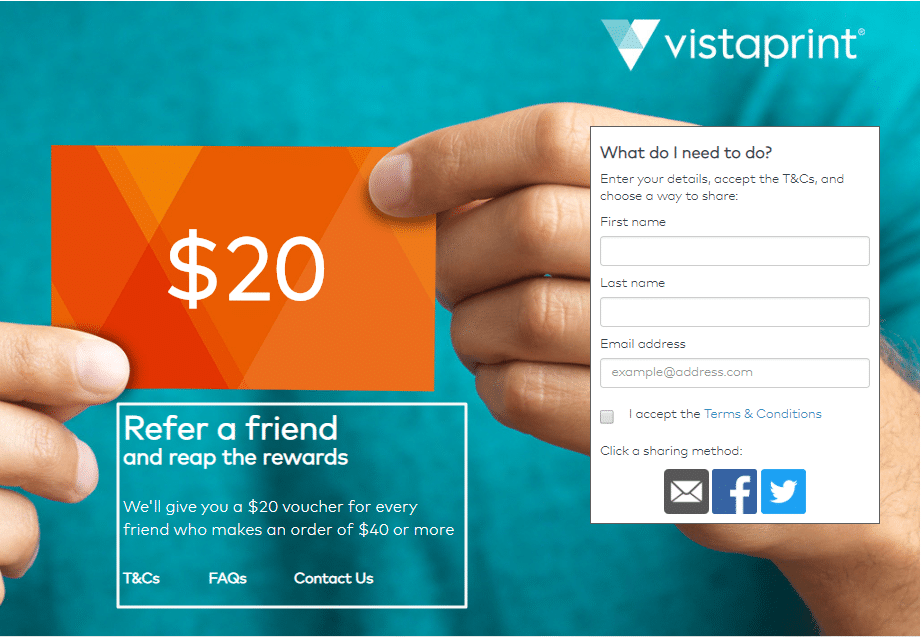
Gather all the social proof (media mentions, ratings, reviews and customer testimonials) you can, because according to Bright Local, 88 percent of consumers trust online reviews as much as personal recommendations.
Dollar Shave Club has an entire page dedicated to club reviews.
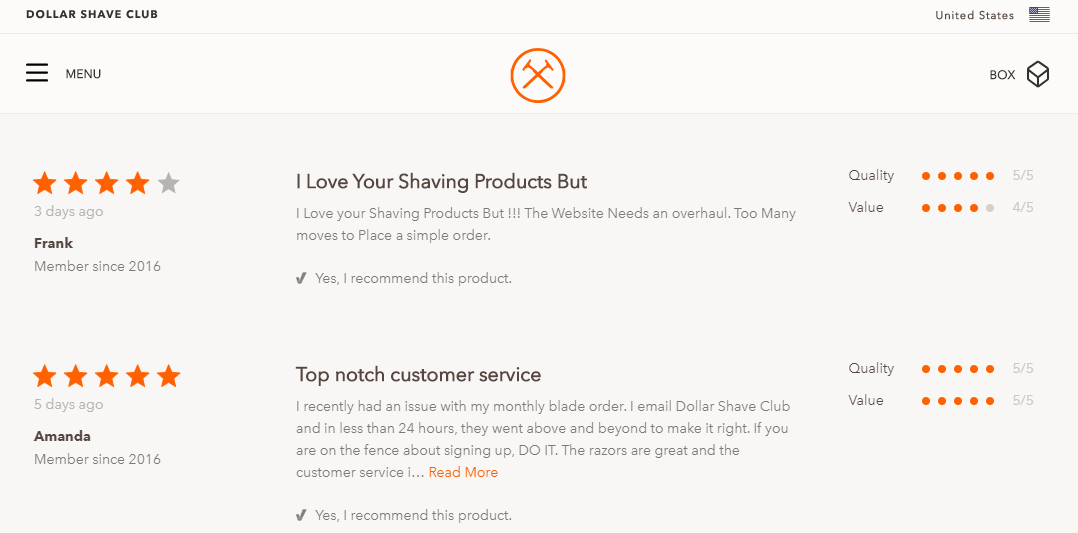
Getting what you want right away: Now or never!
Do you see why some customers might be prepared to pay a little bit more for same-day delivery? It is the theory of immediate satisfaction. In general, we all want things to occur immediately rather than later. We feel psychological anguish when we know we have to wait longer.
Referral marketing makes sense when seen through the prism of this pleasure principle, which also explains why delaying satisfaction is impossible.
The elimination of friction is one of your strongest tactics. Let’s explore some possibilities.
- On your homepage, promote your referral program: Your referral program shouldn’t need to be found by your consumers. Provide a straightforward call-to-action button on the site to make it simple for them.
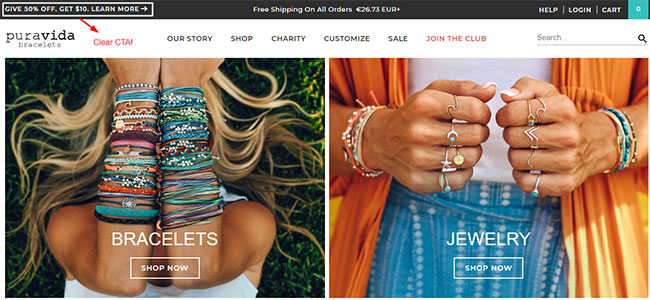
- Make a basic registration form: A long sign-up form seems to be laborious. Removing unnecessary fields that deter people from signing up (fax number, secondary email address, etc.).
- Make sharing simple: Give potential brand ambassadors the choice to distribute content by email, text, or other messaging services. It is possible to compose a message in advance, which makes referrals a breeze. Take note of the Facebook and Messenger sharing options provided by Airbnb. Instead of adding contacts one at a time, customers may quickly import contacts.
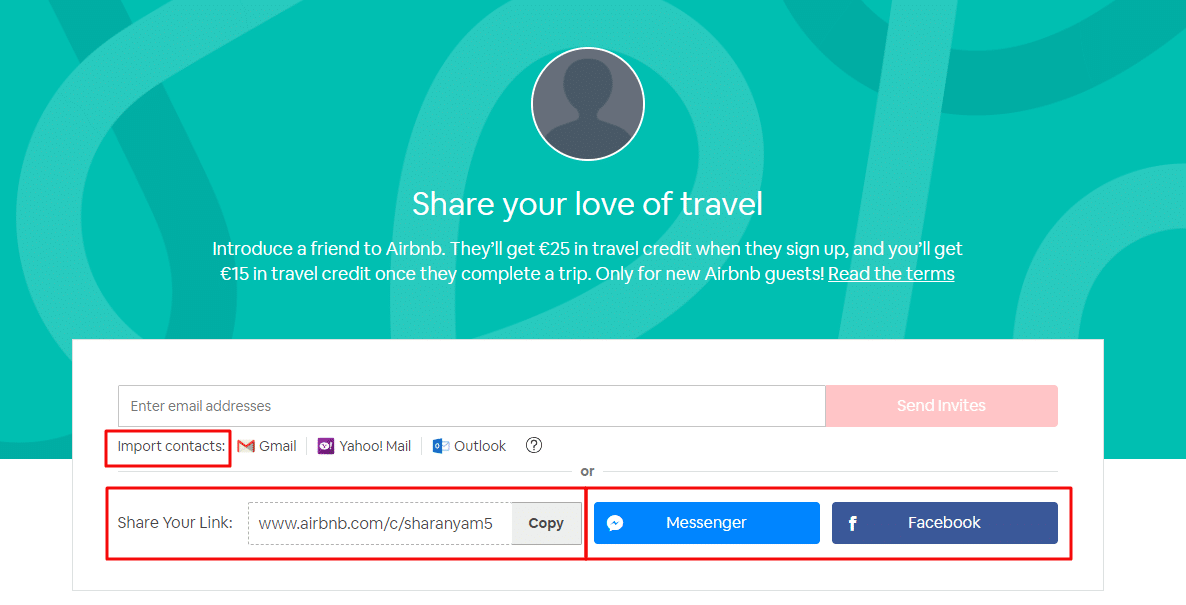
- Including a FAQ section So that there is no room for guessing, publish a list of questions and answers. As was previously said, people dislike waiting. Having solutions accessible right away will make things easier for your users.
- Avail yourself of live chat: But first, ensure that every member of your team is familiar with the referral procedure. Instead of providing incomplete information, they need to be able to explain everything and answer any question. They ought to understand when to invite new users to the program.
- Social evidence It must be right if everyone is doing it.
Social proof: If everyone’s doing it, it must be right
The concept of normative social impact is the foundation of social proof. We often assume that what other people do represents appropriate conduct when using it as social proof.
This may help to explain why we utilize services like Lyft, Rover, or Airbnb. We believe in these companies since they have large fan bases.
Now the issue is, “How do you establish social proof as a referral marketer?”
- Create an engaging program. Be specific about your value proposition, such as what the “friend offer” and “referral incentive” are. This will increase consumer enthusiasm and encourage sign-ups and sharing. Additionally, the sales cycle becomes shorter, and who doesn’t want a quick, efficient funnel?
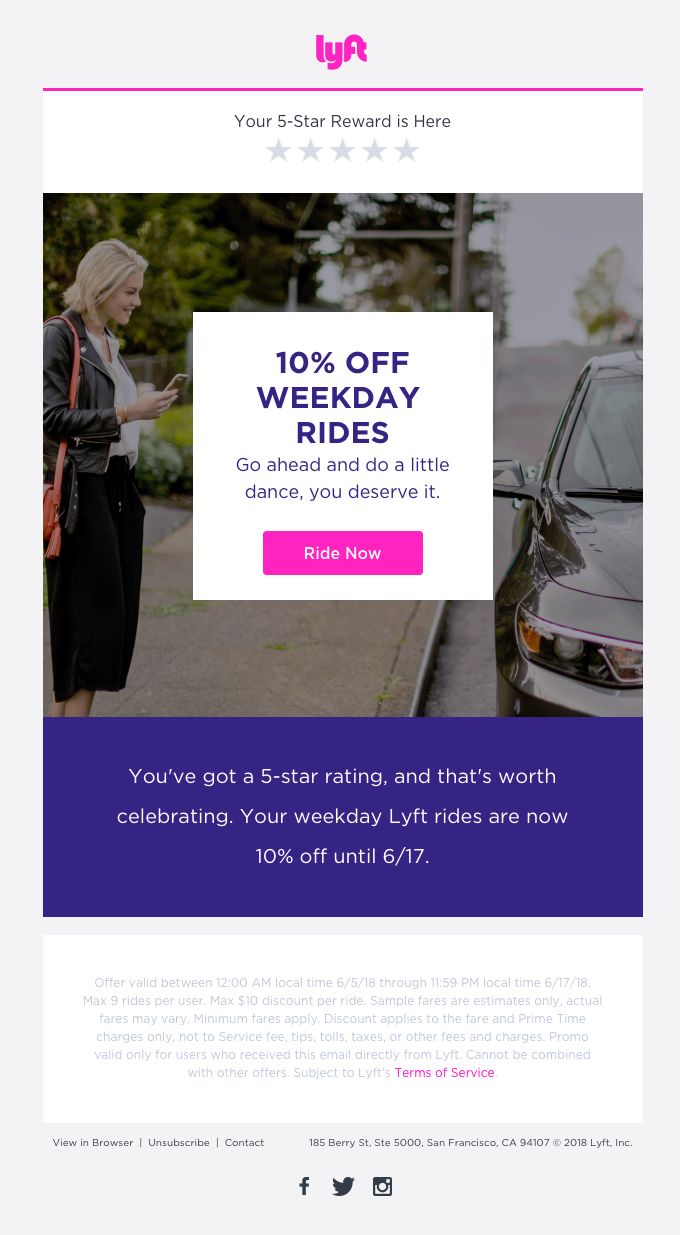
- Be imaginative. Wait a little while before launching a generic coupon for 10% off your next purchase. The social capital hypothesis comes to mind. People choose to decline exciting/interesting offers because they want to seem attractive.
- Engage decision-makers in the industry. We already know that influencers have their own brand. If they spread the word about your referral program, your brand’s visibility will increase. Don’t worry, however, if you are concerned that you could have to pay money. Look for influencers who are pleased to be promoting your company. Next, inquire about their interest in promoting your business in exchange for a discount or other incentive.

Out of sight, out of mind: cognitive dissonance!
Cognitive dissonance is described by Encyclopedia Britannica as “the mental conflict that results when preconceptions or assumptions are refuted by fresh knowledge.” If you contact your prior clients after a considerable period of time, your chances of convincing them to become referrers are quite low.
Customers from the past could forget why they are getting an email from you. They could decide against shopping with you if you ask them things like, “Have I ever purchased from this brand?” or “Why now?”
Plan the timing of your referral campaign carefully to overcome this obstacle.
- Quick prompt after a buy. When a consumer is most enthusiastic is when you want to capture them. They’ll be more inclined to spread the word about your program during this time. This may occur right away after a purchase or a favorable review.
- Create emails that are triggered by website activity. You may send an email to someone who recently wrote a product review, for instance. If a customer leaves their basket empty, send them a reminder and details about your referral program to entice them back.
- Provide access to it from their account dashboard. Every time they log in, they will be motivated to recommend a friend as a result.

Publish information on social media. Referral marketing is neither possible or effective on its own. In order to achieve seamless marketing across all media, coordinate your efforts. To put it another way, the message has to be the same across all marketing channels.
Conclusion
You now have it. Four psychological marketing concepts are discussed to assist you improve your recommendation skills. Just be sure to bear these in mind when you create your referral marketing strategy. After all, you stand a high chance of turning your satisfied consumers into income generators if you can predict their behavior.






Recent Comments